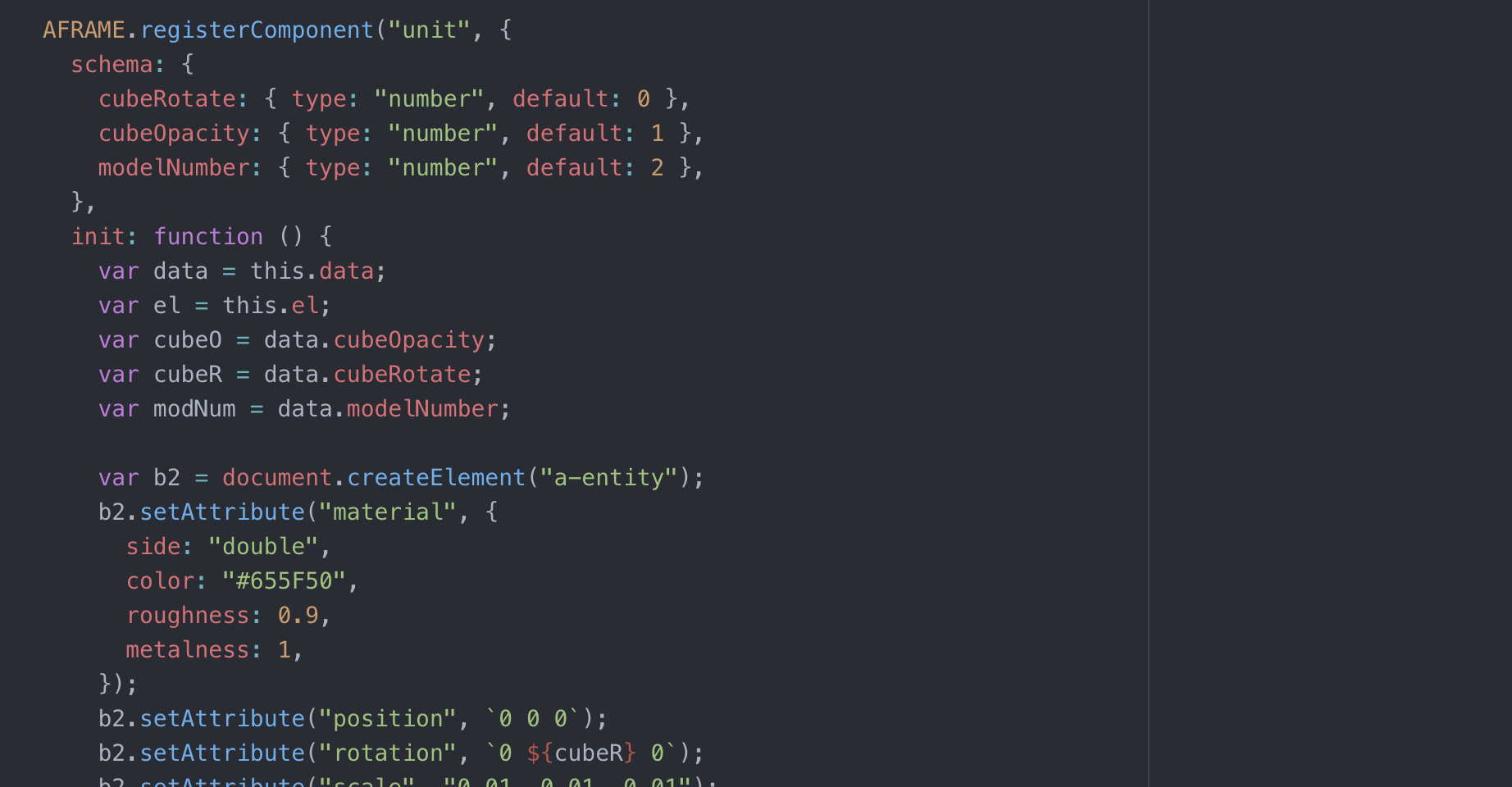Place I
Click here to enter the WebVR experience. Use arrow keys ←↑↓→ or WASD keys to navigate, and mouse to look around.
What makes a place a place? And what does it mean to travel to a place? During this time of staying at home, these questions came up over and over. What if we could travel to different places, but stay in place? How might this manifest itself physically?
This project was created during the Gray Area Creative Code Immersive, and exhibited in the Gray Area Artist Showcase in New Art City during San Francisco Design Week. Here’s a bit about the process of conceptualizing the work, and creating it using the A-Frame framework for coding virtual reality experiences in HTML and JavaScript.
Getting from there to here
I thought about taking architectural snippets from different locations, and in a strange reality, combining them into one impossible architecture.
I was inspired by the architecture of Richard Bofill’s La Muralla Roja in Spain, near where I used to live.
I was also fascinated by metabolic architecture, like this vision created by the architect Karim Mousa.
I decided to model my architectural units based on places I’ve lived and worked in the past: from Europe, Asia, and the US. Combining them in a visual and sonic collage of place and memory.
The next step was to realize this.
Getting from here to there
Knowing that this work would be shown in an online gallery, I was interested to explore the A-Frame framework of creating virtual reality experiences for the web.
I first created a structure based on my old apartment in Eindhoven (the Netherlands), got the textures and colors just right, and even made an animation of it appearing. The desert environment was a holdover from an in-class tutorial!
But then I realized that I didn’t know how to make more of these appear. That was when I learned about writing components in A-Frame in JavaScript, so that new units could appear dynamically while the user was interacting with the space.
In order to test this method out, I went “backwards” and created a simpler structure with just the outlines.
The method with the components worked, and in this process I actually grew to like this appearance of an architectural sketch more than my original vision!
So then I proceeded to create the other architectural modules, and pair them with audio I had recorded in or around each physical space. New units appear as one explores the space, and the overlapping layers of buildings and sound become a way of travel through space and memory.
Special thanks to instructor Marc Schroeder for extra help with A-Frame and classmate Ed Terry for helping me get unstuck at critical moments.








